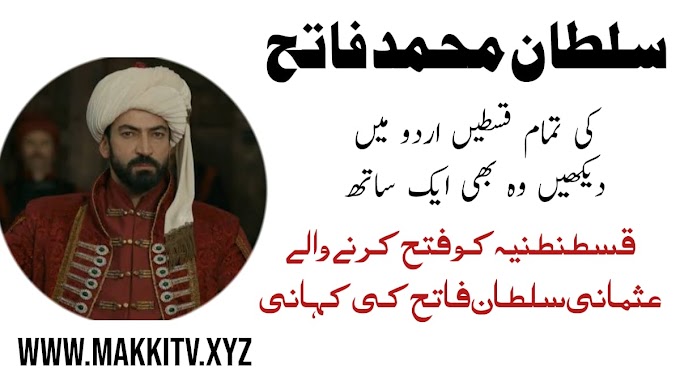 |
How was England formed? |
In this way, how was England made, who asserted theland before the English, and how could it become the country that we know today?... As the Roman Empire blurred from theBritish Isles, the space of current England began to see a flood of relocation from Anglo-SaxonGermanic clans.
HOW WAS ENGLAND FORMED?
As per a few history specialists, after the Romansleft, the local Britons went under assault from the close by Picts and Scots and subsequentlywelcomed a portion of these Anglo-Saxons with the expectation that they would push out different intruders.
The Germanic people groups were effective in expellingboth the Scots and Picts, yet they then, at that point turned on the local Britons and set up theirown authority by the beginning of the seventh century.
The new Anglo-Saxon rulers then installedthe realms of Essex, Kent, Sussex, Mercia, East Anglia, North-Umbria, and Wessex on theBritish central area.
There are insignificant records of what happenedover the following not many hundreds of years all through these realms, yet we do realize that it wouldn'tbe some time before the Anglo-Saxons would confront intruders of their own… In 793, a Viking armed force arrived at the LindisfarneMonastery and attacked the sacrosanct structure.
Their savagery and lack of regard dazed theAnglo-Saxons, who were not ready for what these Vikings had available… By the finish of 870, East Anglia tumbled to theDanish trespassers, and Mercia was lost just 4 years after the fact. As the Vikings held onto Northumbria next in875, Wessex was the last significant realm under Anglo-Saxon power.
HOW WAS ENGLAND CREATED?
At the point when the current ruler of Wessex, Æthelred, passed on, his more youthful sibling Alfred was left to secure his realm's freedom. From the get go, he did as such by taking care of the Vikingaggressors, until he was ultimately ready to lead a military against them. This finished in the Battle of Edington,which left the Danes totally directed and finished their endeavors to catch Wessex.
A force vacuum in Mercia around the equivalent timeresulted in King Alfred additionally dealing with the realm and rather than establishinga new ruler, he put an ealdorman in control.
This aristocrat would reply to King Alfredhimself and kept the King of Wessex as a definitive authority all through both regionsnow, albeit a piece of Mercia would be surrendered to the Vikings. After the passing of the King of Wessex andthe contemporary head of Mercia in 911, Edward the Elder and Æthelflæd each becamethe separate replacements.
THE UNIFICATION OF ENGLAND
Together, these new rulers started to increasethe pressure that had effectively been put on the adjoining Danelaw, and the two of them workedto further increment their regions. In 917, Æthelflæd extended her territories tothe north and Edward had the option to consolidate all of East Anglia into his realm.
As Æthelflæd pushed forward with the expansion,she figured out how to expand Mercian domain as far as possible up to York, where local people decidedit would be ideal to just vow unwaveringness to her rather than battling. In spite of the fact that Æthelflæd right away kicked the bucket, her daughter,ælfwynn , should have her spot and progress forward the current course.
Surprisingly, however, the Mercian individuals quicklyousted their new chief and coincidentally set out the ideal freedom for King Edward fromWessex to hold onto all of Mercia not long after. In 918, the Anglo-Saxons proceeded fartherinto Danelaw domain and gradually acquired and more land for themselves.
When of Edward's passing in 924, thenewly gained neighbors of the Anglo-Saxons had all vowed loyalty to the ruler. This put the Anglo-Saxons in a certain positionas Edward's child, Æthelstan, assumed control over the realm. Around this time, Æthelstan's sister wouldmarry the neighborhood Viking ruler, Sihtric, who actually controlled Northumbria.
Æthelstan walked on and was at last ableto bring the Kingdom of York under his crown as his sister's better half died. This left Northumbria available to anyone and theking quickly merged it as a piece of his realm. This is by and large the time that most historiansview the Kingdom of England as having been made…
But, the circumstance was not actually so straightforward. Æthelstan was not done attempting to extend hiskingdom anyway he could, and despite the fact that he named himself the "Lord of the English"at this point, it was as yet not exactly what we know as England today.
In 937, Æthelstan chose to allow an invasionof Scotland an opportunity to check whether he could arrive at his position significantly further. The Kingdom of Scotland, or as it was knownat the time, Alba, was in a difficult spot against the English and accordingly spoke to theother staying sovereign states for help.
This provoked a union between ConstantineII, King of Alba, Olaf Guth-frith-child, King of Dublin, and Owain, King of Strath-clyde. With King Olaf in charge, the union facedthe English at the astounding Battle of Brunan-burh. However it is obscure precisely where this battletook place, it is sure that the union was seriously squashed by the English trespassers.
The setbacks on the two sides were disastrouslyhigh, however Æthelstan and the English were undoubtedly the victors. It's accepted by numerous that this conflict mayhave genuinely set the solidarity of England and worked up another feeling of nationalismand pride among the English public.
In any case, it didn't result in the incorporationof Alba nor Strathclyde into the Kingdom of England, as both remained autonomous. Britain, then again, would have toprove its capacity to do as such… The Vikings, however briefly defeated,would return to the youthful realm toward the finish of the tenth century. After Æthelstan's demise in 939, the previouslydefeated King of Dublin, who was a Viking ruler, exploited England'stemporary shakiness. While King Æthelstan's stepbrother, Edmund,took over the English domain, King Olaf plunged in to reconquer a portion of the terrains that hadonce been in Viking hands.












0 Comments
Thanks For Makki Tv Website Visit Please Contect My Whatsapp Number For Updates 03155017246